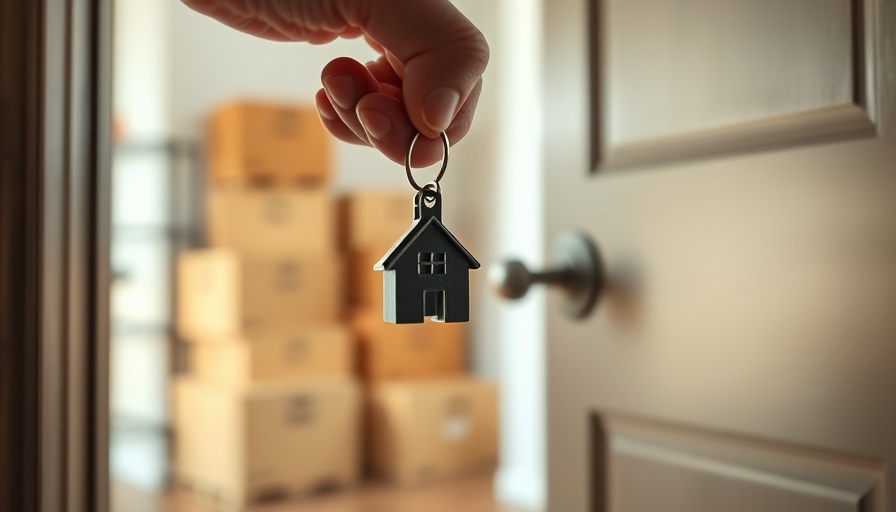
Reflecting on Changing Housing Trends: The Burden and Beauty of First Apartments
As I delve into the remembrance of my first apartment, I am struck by the profound evolution of the real estate landscape in urban environments. In recent years, particularly in cities like New York, the housing market has transformed dramatically, with rising prices and fierce competition further complicating the quest for affordable living spaces. For many, seeking a new home has become a formidable challenge, often characterized by bidding wars and cramped living conditions.
A Nostalgic Look at First Apartments
To reminisce, my initial foray into independent living was a modest two-room apartment in Brooklyn Heights, a neighborhood whose character has profoundly changed over the years. My rent was just $150 a month in 1980, an amount that now incites disbelief among younger generations facing today's exorbitant rental rates. My humble abode, with its quirky features and views obscured by the Brooklyn Queens Expressway, was more than just a roof over my head; it marked a significant milestone in my journey toward self-sufficiency.
Why the First Apartment Holds Emotional Significance
Aside from practical considerations, the emotional significance of a first apartment cannot be overstated. It's a rite of passage, embodying freedom and the thrill of independence.
An array of emotions often surfaces: from excitement at curating a personal space filled with hand-me-down furniture to the sobering realization of financial responsibilities. This transition signifies not just a physical move but a psychological leap into adulthood. Such experiences foster resilience and creativity, as exemplified by my own efforts to furnish my apartment with salvaged treasures from the streets.
Gentrification: A Double-Edged Sword
The gentrification of neighborhoods like mine has brought about both opportunities and hardships. Once affordable spaces become sanctuaries for a new demographic, leading to rising living costs while simultaneously eroding the essence of the community. As my once-quaint Brooklyn Heights evolved into a luxurious enclave, I found myself pondering the complexities surrounding urban living. This raises intriguing questions about affordability, accessibility, and the preservation of community identity among the faster-paced developments.
The Societal Impact of Housing Desperation
With the housing crisis seemingly worsening, individuals from various backgrounds are compelled to navigate this turbulent real estate landscape. As bidding wars become commonplace, it's crucial to reconsider how this affects the fabric of our society. Rising rents can lead to increased homelessness and displacement of long-time residents, exacerbating social inequalities.
Moreover, for many middle and upper-middle-class professionals like my peers, the constant stress of searching for suitable housing takes a toll on mental health—an aspect that often goes unaddressed. The pressure to secure a home, particularly in post-pandemic times where remote work has shifted perspectives on living arrangements, creates a broader conversation about our values and priorities.
Conclusion: Join the Conversation
Reflecting on these facets of housing and their emotional ramifications can foster empathy and understanding. I invite others to share their chronicles surrounding their first apartments—what they learned, the challenges they faced, and how their early living experiences shape their current perspectives on home.
Your stories can illuminate the shared threads of our housing journeys and shed light on the urgent need for discourse regarding solutions to create a more equitable housing market. As a community, we can champion changes that make home ownership and rental accessibility a reality for all.
 Add Row
Add Row  Add
Add 




 Add Row
Add Row  Add
Add 

Write A Comment